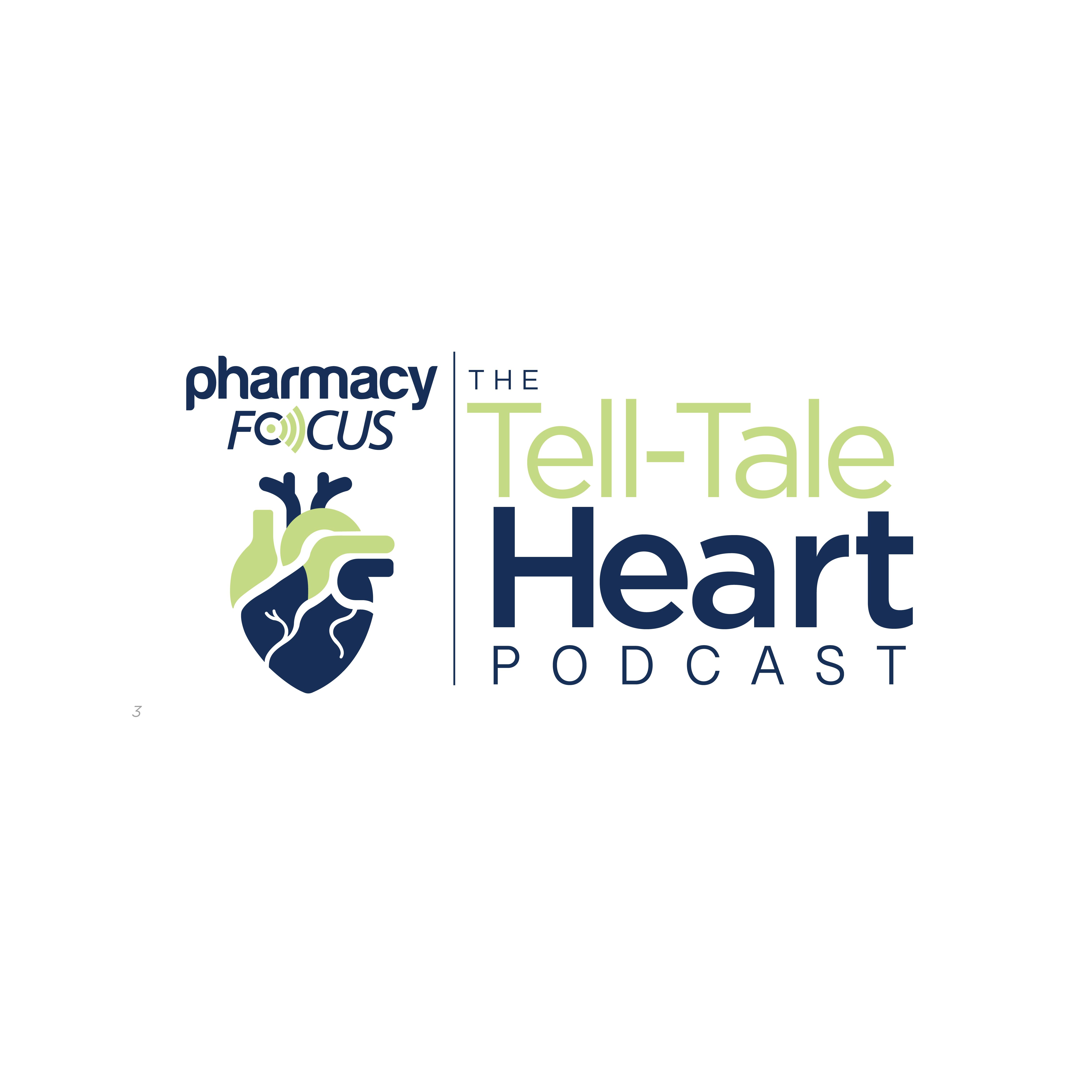Now that both tirzepatide (Mounjaro and Zepbound; Eli Lilly and Company) and semaglutide (Ozempic, Wegovy, and Rybelsus; Novo Nordisk) have been removed from FDA’s 506E shortage list, 503A compounders need to understand legal obligations and specific risks from both FDA and boards of pharmacy (BOPs) perspectives to cut through confusing and sometimes inaccurate information.
The Battle Over GLP-1 Compounding
We are witnessing the most significant events in compounding history play out as some of the challenges to GLP-1 compounding are addressed in court. The discussion underway gets to the very essence of compounding itself.
The players are 503A compounding pharmacies, 503B outsourcing facilities, the 2 brand manufacturers, the FDA, and the 50-state patchwork of state BOPs. There are 2 lawsuits pending against FDA for removing tirzepatide and semaglutide from the shortage list.1,2 These cases turn on whether FDA’s actions were informal adjudication or rulemaking without a formal notice and comment period. At least 1 brand manufacturer joined 1 of the lawsuits because either the FDA may not appeal and/or the FDA is not seeking to defend its decision, only its authority.3
The lingo itself is confusing, including clinical difference for a patient, commercially available product, bulks list, and demonstrably difficult to compound list. Perhaps the most important term is essentially a copy. In joining as a defendant in the tirzepatide lawsuit, the manufacturer stated in its brief that its interpretation of when federal law permits compounding “essentially a copy” differs from FDA’s 503A compounding stating, “There are very limited circumstances that essentially a copy can be compounded and drugs on FDA’s shortage list is not one of them.”4 These cases are pivotal to GLP-1 compounding.
In another case, Eli Lilly and Company v FDA, the tirzepatide manufacturer is actually on the opposite side from FDA, and suing FDA.1,3 In this case, the manufacturer disagrees with FDA’s interpretation that its investigational GLP-1 retatrutide is a peptide rather than a biologic.5 The difference is significant, as biologics cannot be compounded.
All of this is in the face of yet another round of manufacturer cease-and-desist letters to compounding pharmacies and even physician offices demanding they cease all compounding, dispensing, and sale of compounded GLP-1s. Even as I write this article, there is a breaking story of another round of such letters.
Current Rules of Engagement for GLP-1 Compounding
Now that the FDA’s designated grace periods for removal of semaglutide and tirzepatide from FDA’s 506E shortage list are essentially over, what does that removal mean for 503A compounding?2,3 The FDA gave 503A compounders 60 days to cease compounding, dispensing, and distributing essentially a copy of semaglutide, ie, by April 22, 2025, or until the district court’s decision on the plaintiff’s preliminary injunction motion, whichever is later.1
For 503A pharmacy compounders, there are limited but clearly proscribed circumstances that GLP-1 compounding may continue. The rules of engagement are best depicted in the FDA’s guidance (Table 1), where 2 key terms are essentially a copy and clinical difference.6,7 A compound can be essentially a copy, even if it is not an exact or identical copy of the commercially available drug. The first part of the analysis is whether the comparable marketed drug is not commercially available. This could be either if the drug is on the 506E shortage list or discontinued and no longer marketed. If so, then it falls under not essentially a copy and may be compounded. If not, then the next question is a determination of whether the compounded drug is essentially a copy. As depicted in Table 2, if all of the following are true, then it is essentially a copy: same active pharmaceutical ingredient (API), same or easily substitutable dosage strength (this is set at greater than ±10%), and can be used by the same route of administration as prescribed for the compounded drug.6
If it is determined that the compound would be essentially a copy, the next prong of the analysis is a determination of whether a change was made for an identified individual patient that the prescriber determines results in a clinical difference for that patient. Importantly, the determination must be made by the prescriber and not by the patient’s request. For example, a clinical notation that patient prefers compounded version because insurance will not pay is not acceptable. If the answer to the clinical difference question is affirmative, then the compound is not essentially a copy and may be compounded.6
A clinical difference can take many forms, such as adding a second ingredient, but only if the second ingredient is not added in the exact strength as the commercially available product. For example, pyridoxine 4 mg/0.5 mL is a strength that is not commercially available, but 100 mg/mL is. However, there needs to be a notation on the prescription as to why an additional ingredient is needed. It would also be expected that the reason would be documented in the patient’s chart.6 A small sample of clinical differences is found in Table 3.7
If a compounder is relying on a significant difference statement, that determination is to be documented on the prescription. If the prescriber fails to include that determination or it is unclear, the pharmacist must contact the prescriber and document the clinical difference on the prescription. In other words, the pharmacist can take that determination verbally but must document it.6
The prescription with the documentation must be retained for a 6-year period, regardless of the particular state’s prescription retention period (eg, in New York it is 5 years). The FDA has stated both in the guidance (Table 1) and elsewhere that it will not second-guess the prescriber regarding the clinical difference determination.6,7 Vague or blanket rationale where the pharmacy fails to clarify, such as compounded product is medically necessary for the patient, or patient has hypersensitivity to commercial product is not acceptable.6
Another important term found in Section 503A is the prohibition from compounding “regularly or in inordinate amounts” drugs that are “essentially copies” of FDA-approved drugs. Note the regularly and inordinate amount language applies to compounding essentially a copy.6
Evolving Landscape of GLP-1 Compounding
To mitigate both FDA and possible BOP enforcement risks, below are a few additional rules for GLP-1 compounding for 503As that are worth mentioning:
- Under no circumstances can investigational GLP-1s such as retatrutide be compounded.
- Adopt best practices and document.
- Patient safety must always be your first priority.
- Be mindful of safety or efficacy claims in advertising compounded drugs as those are prohibited.
- Never reference any brand names in your advertising or state that any compound is a generic version.
- Be sure you follow United States Pharmacopeia <797> for sterile compounding.
- Always ensure compound potency/sterility to avoid adulteration/misbranding claims.
- Understand federal/state antikickback statutes and Stark laws in any referral arrangements with physicians.
- BOP cases are often referred by the FDA pursuant to MedWatch reports.
- BOP cases can involve, among other things, failure to obtain nonresident licenses, scope of practice for midlevel practitioners, inadequate vetting of API, and certificates of analysis.
About the Author
Martha M. Rumore, PharmD, Esq, MS, LLM, FAPhA, is senior counsel at Frier Levitt, LLC and a pharmacist-attorney in Frier Levitt’s Life Sciences Department in New York, New York. Rumore is also a registered patent attorney and leads the firm’s intellectual property team.
Conclusion
Pharmacy compounders need to stay informed of and adaptable to rapidly changing developments in compounding GLP-1s. Brand companies may continue to act aggressively and may even attempt to push the FDA and BOPs to take enforcement action tantamount to how pharmacy benefit managers file complaints against pharmacies with BOPs to get them excluded from their pharmacy networks. How all of this will play out is uncertain. If you do not understand something, be certain to seek legal counsel for clarification.
REFERENCES
Civil Action No. 4:24-cv-953. Statnews. Filed October 7, 2024. Accessed June 9, 2025. https://www.statnews.com/wp-content/uploads/2024/10/outsourcing-facilities-assn-v-fda.pdf
Civil Action No. 4:25-cv-174. Pearce IP. Filed February 24, 2025. Accessed June 9, 2025. https://www.pearceip.law/wp-content/uploads/2025/03/Complaint-Outsourcing-Facilities-Association-v-US-FDA-US-District-Court-for-Northern-District-of-Texas.pdf
No. 1:24-cv-01503. Courthouse News. Filed March 31, 2025. Accessed June 9, 2025. https://www.courthousenews.com/wp-content/uploads/2025/03/leah-mc-sweeney-motion-to-dismiss-ruling.pdf
Compounding when Drugs are on FDA’s Drug Shortages List. FDA. Updated December 18, 2024.Accessed June 9, 2025. https://www.fda.gov/drugs/human-drug-compounding/compounding-when-drugs-are-fdas-drug-shortages-list
Eli Lilly Files Suit Challenging the FDA’s Drug Classification of Retatrutide. Big Molecule Watch. September 24, 2024. Accessed June 9, 2025. https://www.bigmoleculewatch.com/2024/09/24/eli-lilly-files-suit-challenging-the-fdas-drug-classification-of-retatrutide
Compounded Drug Products That Are Essentially Copies of a Commercially Available Drug Product Under Section 503A of the Federal Food, Drug, and Cosmetic Act Guidance for Industry, January 2018. FDA. Updated May 6, 2020. Accessed June 9, 2025. https://www.fda.gov/regulatory-information/search-fda-guidance-documents/compounded-drug-products-are-essentially-copies-commercially-available-drug-product-under-section
FDA Drug Shortages. FDA. Updated December 19, 2024. Accessed June 9, 2025. https://dps.fda.gov/drugshortages/resolved/tirzepatide-injection











